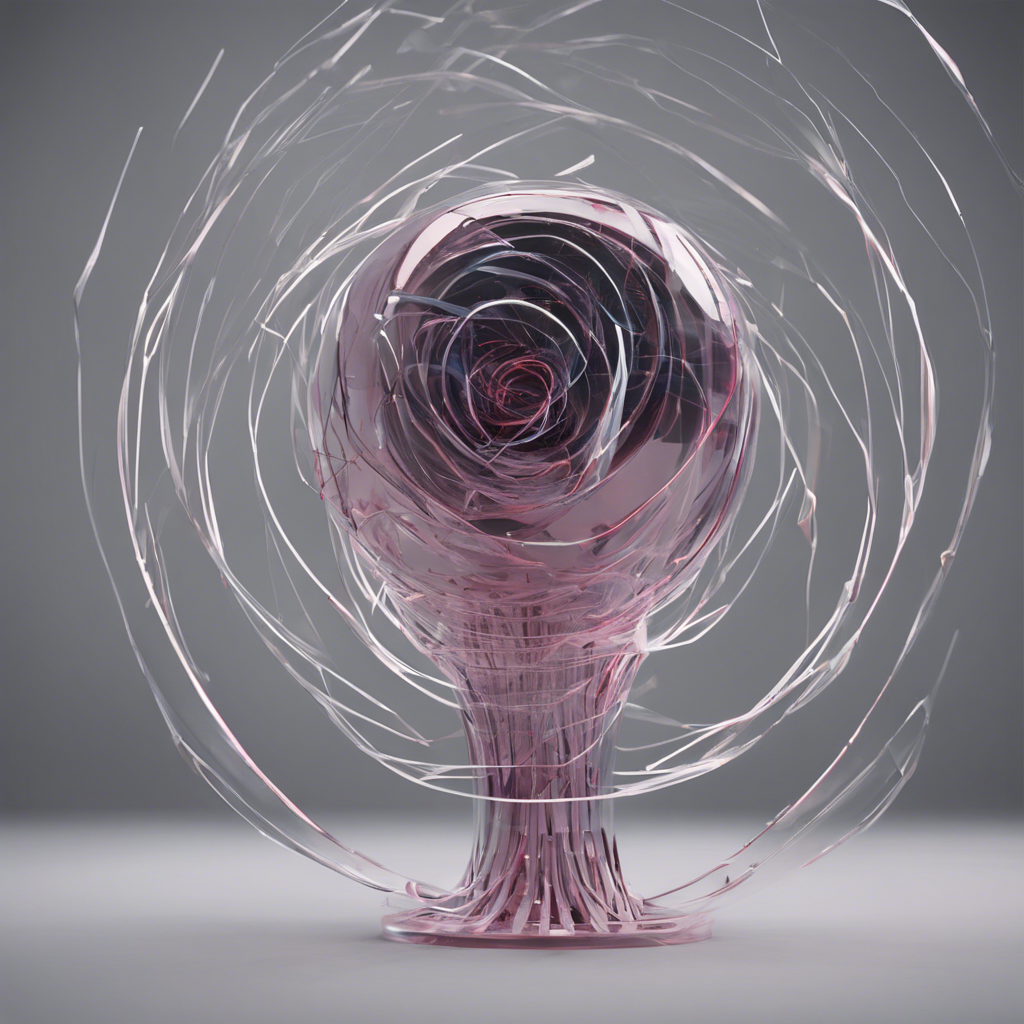Is motion graphics CGI?
Is Motion Graphics CGI?
Motion graphics and CGI (Computer-Generated Imagery) are two terms that are often used interchangeably, but they are not the same thing. While they share some similarities, they are distinct in their approach, application, and purpose. In this article, we will explore the differences between motion graphics and CGI and how they are used in the industry.
What is Motion Graphics?
Motion graphics is a form of animation that combines graphic design and animation to create dynamic visual content. It is primarily used to convey a message or tell a story through visual elements such as typography, illustrations, and logos. Motion graphics can be used in various mediums, including television commercials, movie titles, and social media videos.
Motion graphics are created using graphic design software such as Adobe After Effects, Cinema 4D, and Blender. These programs allow designers to create 2D and 3D animations, add effects, and manipulate visual elements to create dynamic content.
What is CGI?
CGI, on the other hand, is a form of computer-generated animation that creates 3D models, environments, and characters. CGI is used in movies, video games, and television shows to create realistic and immersive visuals. CGI is created using 3D modeling software such as Maya, 3ds Max, and Blender.
CGI is often used to create complex scenes that would be impossible or too expensive to create using practical effects. For example, CGI is used to create realistic-looking animals, explosions, and other special effects.
The Differences Between Motion Graphics and CGI
While motion graphics and CGI share some similarities, they are distinct in their approach, application, and purpose. Here are some of the key differences between motion graphics and CGI:
1. Visual Style
Motion graphics are primarily focused on creating visually appealing content that is easy to understand. They often use bold colors, simple shapes, and typography to convey a message. CGI, on the other hand, is focused on creating realistic and immersive visuals that are meant to be believable.
2. Production Process
Motion graphics are typically created using 2D animation software, while CGI is created using 3D modeling software. This means that motion graphics are generally faster and easier to produce than CGI. CGI requires more time and resources to create realistic 3D models and environments.
3. Purpose
Motion graphics are primarily used to convey a message or tell a story through visual elements. They are often used in advertising, social media, and television. CGI, on the other hand, is used to create realistic and immersive visuals for movies, video games, and television shows.
When to Use Motion Graphics vs. CGI
The decision to use motion graphics or CGI depends on the project's goals and requirements. Here are some guidelines to help you decide when to use motion graphics vs. CGI:
1. Budget and Resources
If you have a limited budget and resources, motion graphics may be the better option. Motion graphics are generally faster and easier to produce than CGI, which means they are less expensive.
2. Visual Style
If you want to create visually appealing content that is easy to understand, motion graphics may be the better option. If you want to create realistic and immersive visuals, CGI may be the better option.
3. Purpose
If you want to convey a message or tell a story through visual elements, motion graphics may be the better option. If you want to create realistic and immersive visuals for movies, video games, and television shows, CGI may be the better option.
Conclusion
Motion graphics and CGI are two distinct forms of animation that share some similarities but are different in their approach, application, and purpose. Motion graphics are primarily focused on creating visually appealing content that is easy to understand, while CGI is focused on creating realistic and immersive visuals that are meant to be believable. The decision to use motion graphics or CGI depends on the project's goals and requirements. By understanding the differences between motion graphics and CGI, you can make an informed decision about which one to use for your project.
Discover more from EMD
Subscribe to get the latest posts to your email.
